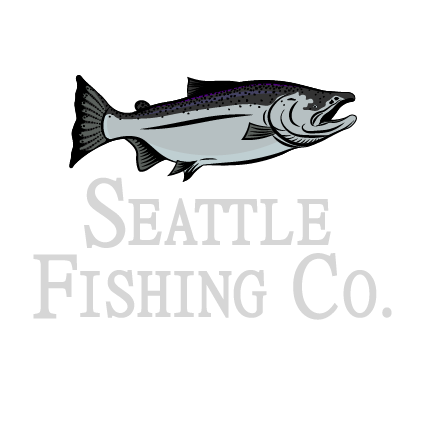Summer wouldn’t be the same in Puget Sound without going crabbing for Dungeness!
Puget Sound is a summer paradise and Dungeness Crab are arguably the most sought after bounty. Small boats work the nearshore waters, the baiting and setting and pulling of pots all for a payout of big hard shell crab. Dungeness Crab are one of the tastiest shellfish that we find in Puget Sound. They are so delicious that about a quarter million crabbing licenses are sold in Puget Sound every year.
Dungeness Crab have deliciously sweet meat and are found throughout Puget Sound. They can reach 8 inches and weigh a hefty two pounds. They prefer a habitat of eelgrass beds, sandy or gravel sea floor, and typically live in waters less than 150 feet in depth.
I wrote this post for everyone that is eager to join in the fun of Puget Sound crabbing. One of my earliest memories was pulling up crab pots with my dad and brother, and have been creating great memories on Puget Sound ever since! If you already have a pile of crab and need help preparing them, please check out my other post How to Cook Dungeness Crab like a professional chef.
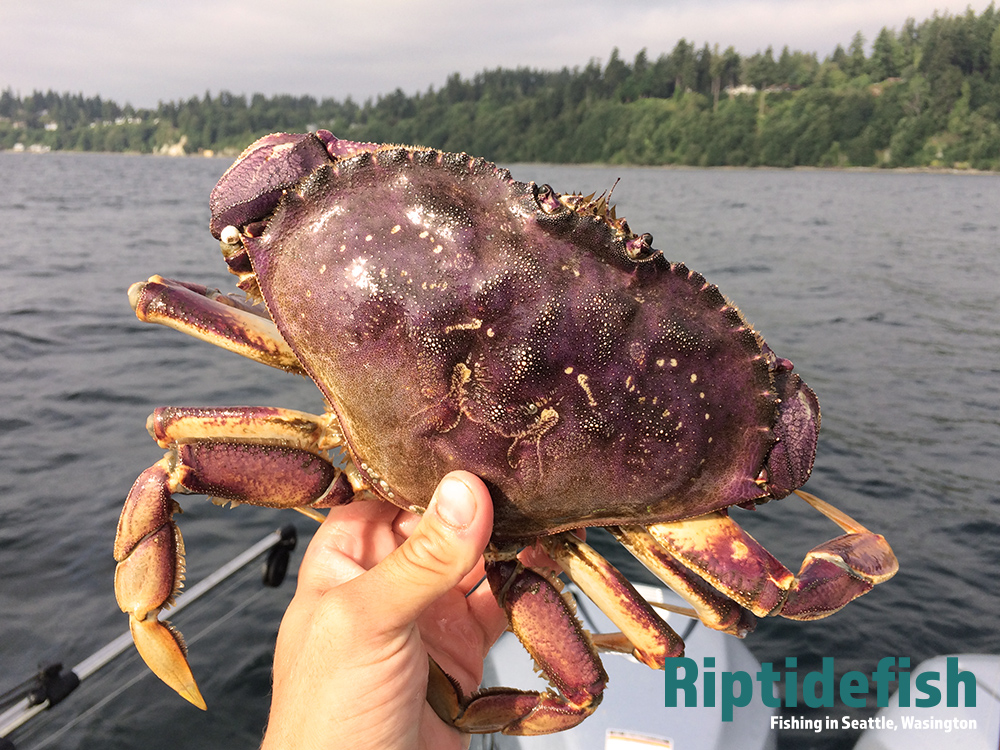
Puget Sound Crabbing
Catching Dungeness Crab is a fairly straight-forward endeavor. Crabbing doesn’t require expensive equipment or a large boat. You can head out in a protected area in a kayak or stand up paddle board if you want! Use whatever vessel you have. It is as simple as picking a spot, dropping a crab pot or two, letting it soak for a few hours or overnight if you wish. The anticipation of pulling up a crab pot and seeing it loaded with Dungeness Crab is quite a rewarding experience. Although, the meal that follows is even better.
Dungeness Crab populations in Puget Sound are cyclical. This means that some years in some areas your pots will be loaded. Other years can be challenging to catch a couple keepers for the day. Being super-prepared is always the best strategy. Use good bait, don’t get set your expectations too high but don’t be surprised if you catch your limit and need to throw the extras back!
Check out the 2022 Puget Sound Crabbing Seasons Post
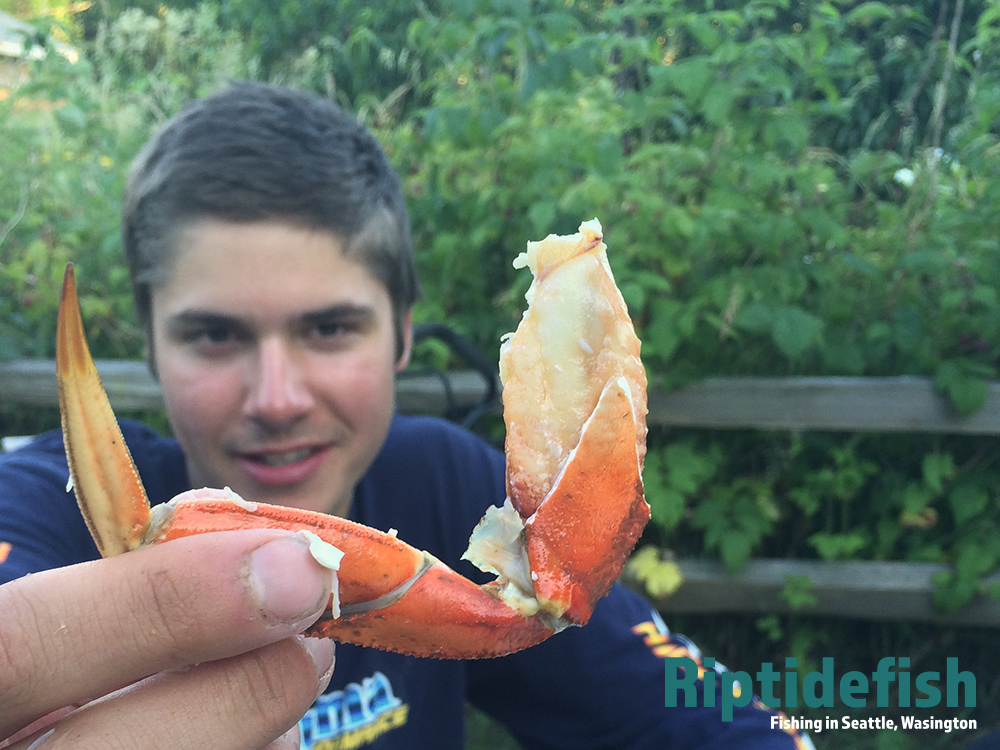
How do tides affect crabbing in Puget Sound?
Crabbing is best when the tidal currents are mild. Strong tides rarely gifts us with better crabbing compared to a soft tide. As with many things in life, pick and choose your battles when it comes to the tides and crabbing.
Puget Sound’s tidal movements are classified as mixed semi-diurnal tides. What does this mean? Essentially, it means that there are two low-tides and two high-tides in every 24 hour period, and the tide heights are not the same. Therefore, one high-tide may be at 12′ and the second high tide may be at 9′, the low-tides would be similarly different. On top of this, the severity of the tidal movement changes, based on the moon phases. All this fancy science talk comes down to one important thing for us crabbers: some tidal exchanges are light and good for crabbing, other tidal exchanges are large and make crabbing a challenge.
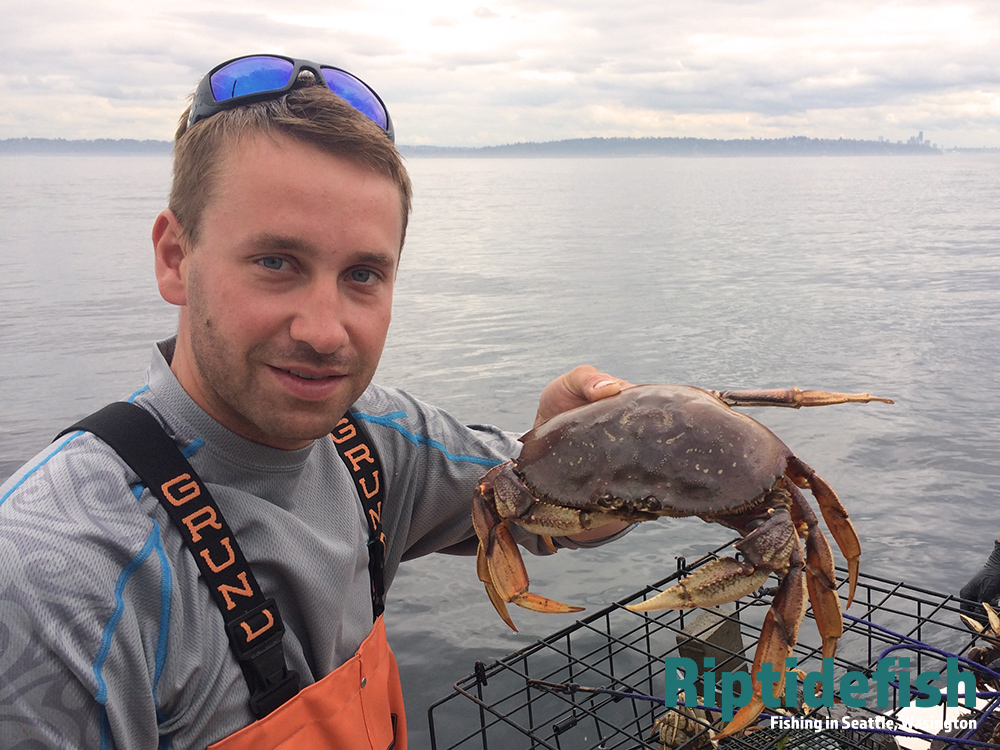
Here’s an example: If you drop your pots in an area that is directly impacted heavily by any tide, and the tide is say, a 12′ exchange (the water height is going to move 12′ in the 6 hour window between high- and low-tide), then your chances of catching a pot full of crab are low, but the chances that the strong currents will sweep your pots away are high. This is not optimal! If the tidal movement is light, say 3′ – 6′, crabbing will be more pleasurable and productive.
My favorite online tide chart is Dairiki.org/tides. I always research the tides before planning my next crabbing adventure.
Here below is a screenshot from Dairiki.org. These are the Seattle tides from Monday, August 16, 2021. I think I want to go crabbing that day but need to plan on when to soak my pots. In this make-believe scenario this day is confirmed open for crabbing where we plan on going. If we set our pots the night before, they will be fishing through a nearly 12′ tidal exchange before we can get to them in the morning. As much as I love the productiveness of overnight soaks, it is not ideal with the tides, and chances are they probably will get swept out to sea if not heavily weighted. Then again, we could drop them early in the morning at 5am for a quick soak through the low tide change, the currents will slack out and could be good! But I think we will sleep in, get to the boat in the late morning, and set our pots at around noon. They will be set to soak through the 1pm slack high-tide, and we can set, soak, pull our crab pots as long as we like through the afternoon and evening, knowing that the tide is only moving a couple feet at most.
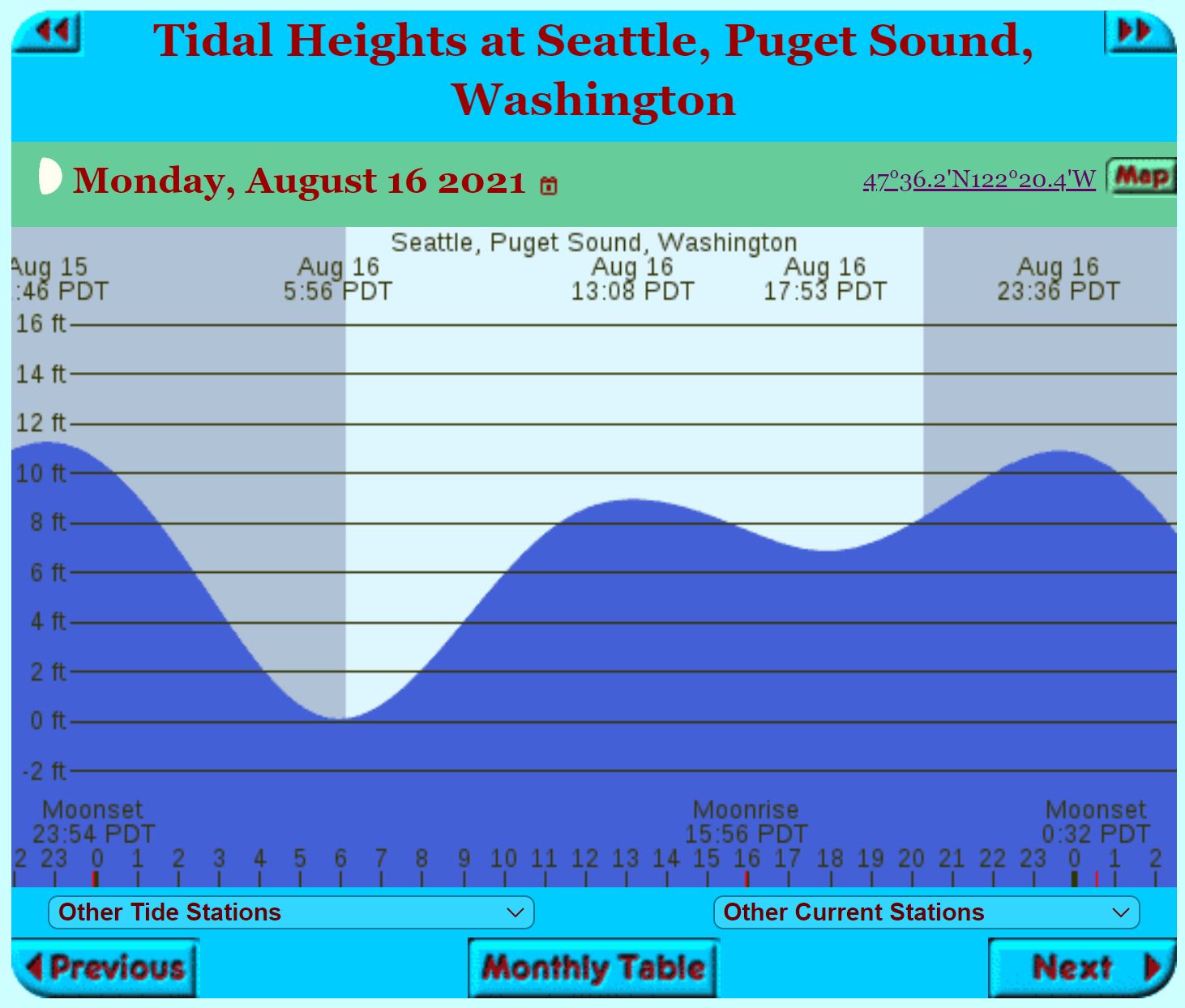
How to Catch Dungeness Crab in Puget Sound
Basically, you need to set-up your crab pot or ring, then let them soak for a minimum of an hour. The longer the pots soak, the more crab will find their way through the openings. Most people that target Dungeness Crab do so from a boat. However, crabbing from shore or pier is totally worthwhile, especially early in the season or in areas that don’t receive much attention from other crabbers.
What do I need to catch Dungeness Crab in Puget Sound?
That perfectly prepared Dungeness Crab meal is even more rewarding when you were the one to put in the work and do the harvesting yourself. I put together a list of suggested gear that will get you your first haul of Puget Sound Dungeness Crab. If you wash your equipment off with freshwater after every use, it can last you for years.
You can check out our full Puget Sound Dungeness Crabbing Buying Guide for all our favorite gear. This shopping list should help get you started in the right direction:
- Washington Shellfish License with Puget Sound Crab Endorsement
- WDFW Fishing and Shellfish Licenses Page – View Here
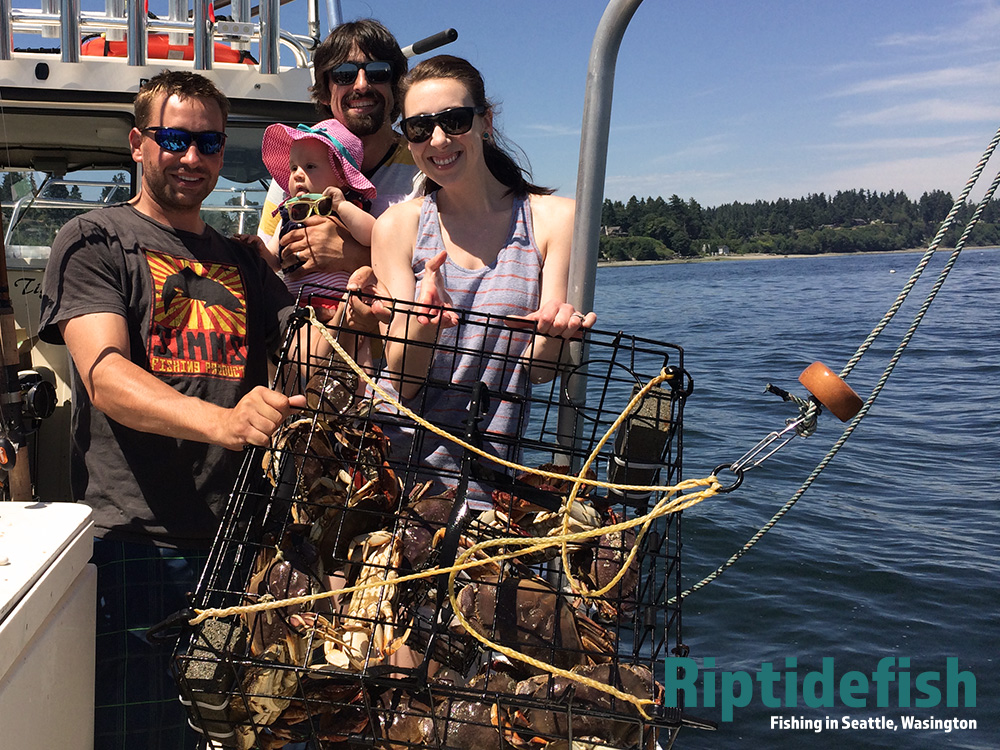
Setting Crab Pots in Puget Sound
First, you need to familiarize yourself with the area you will be working. By looking at a chart, one can decipher roughly how deep to set pots. You always want the amount of line to be greater than the depth you are setting pots. So if you know you are only going to be dropping pots in 40′ to 50′ of water, then 75′ of line will be fine. Realize that the tide can rise by at least 10′ at times, so having extra line will keep your pots from drifting away or your buoys from sinking below the surface. I go to different areas and usually drop pots in 40′ to 100′ so having 120′ of line is perfect for me.
Protected bays have less current but you still need to make sure your pot weighs at least 10 pounds to be safe. If you are crabbing in areas with heavy currents, focus on short soaks around the tide change or have your pots heavily weighted.
Soaking Crab Pots & Rings in Puget Sound
Soaking times for pots and traps can vary from an hour to overnight. Crab can find their way out of a pot, but as long as there is some bait left to feed on they will stay. Make sure to use plenty of bait for an overnight soak.
If you are using rings that lay flat on the bottom, then crab only need to tap-dance over the ring to the bait, and a 15 minute to 45 minute soak is more than enough.
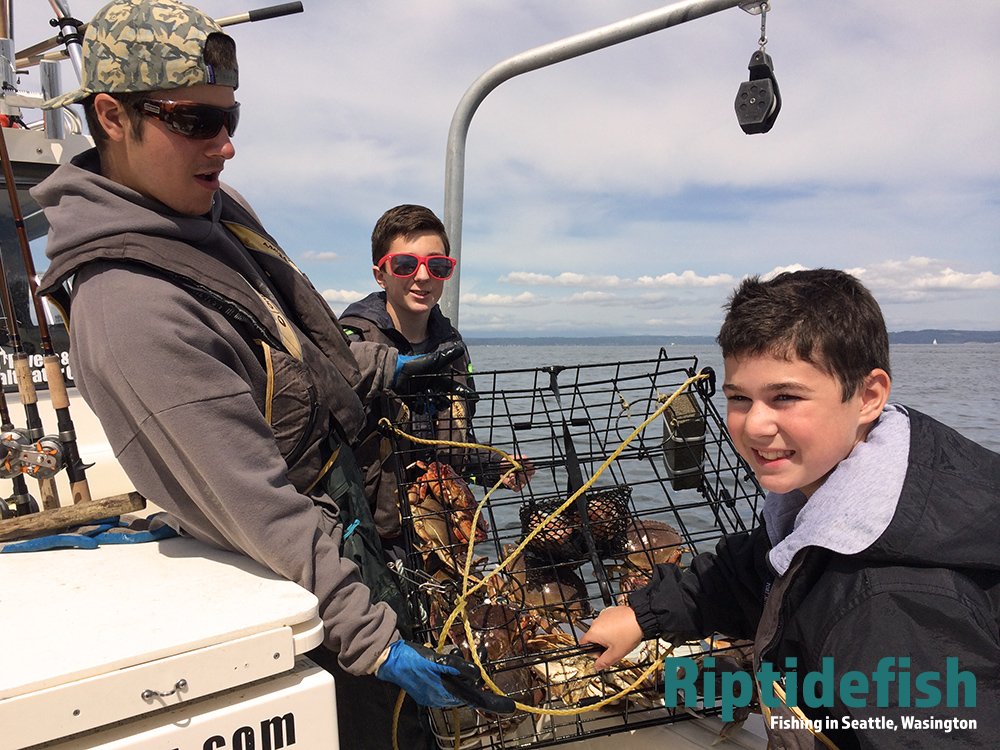
Best Puget Sound Crabbing Spots
Crabbing is a summer time tradition that is enjoyed by so many people. If you haven’t been crabbing here, then you haven’t come even close to locking in your Don’t Hassle Me I’m Local status, and if you are visiting it is an experience that is unique to the Pacific Northwest.
The Puget Sound is a complex place with islands, inlets, bays and fjords. It has 1,330 miles of shoreline, not including the San Juan Islands! Dungeness Crab are the most prominent shellfish that we harvest for food and can be found in countless locations around Puget Sound.
Dungeness Crab thrive in areas from the tide mark down to 150 feet. They prefer a sandy bottom and in the extreme shallows (waters less than 30 feet) they love eelgrass beds. I focus on areas that have a gradual slope. Protected bays can be good. Wherever there is a stream or river mouth can be good.
Don’t get too caught up in the hot crabbing spot that you read about because there are so many areas that will yield good crabbing. That being said I did want to list some well known spots in each area that will give you a great starting point if you are new to crabbing.
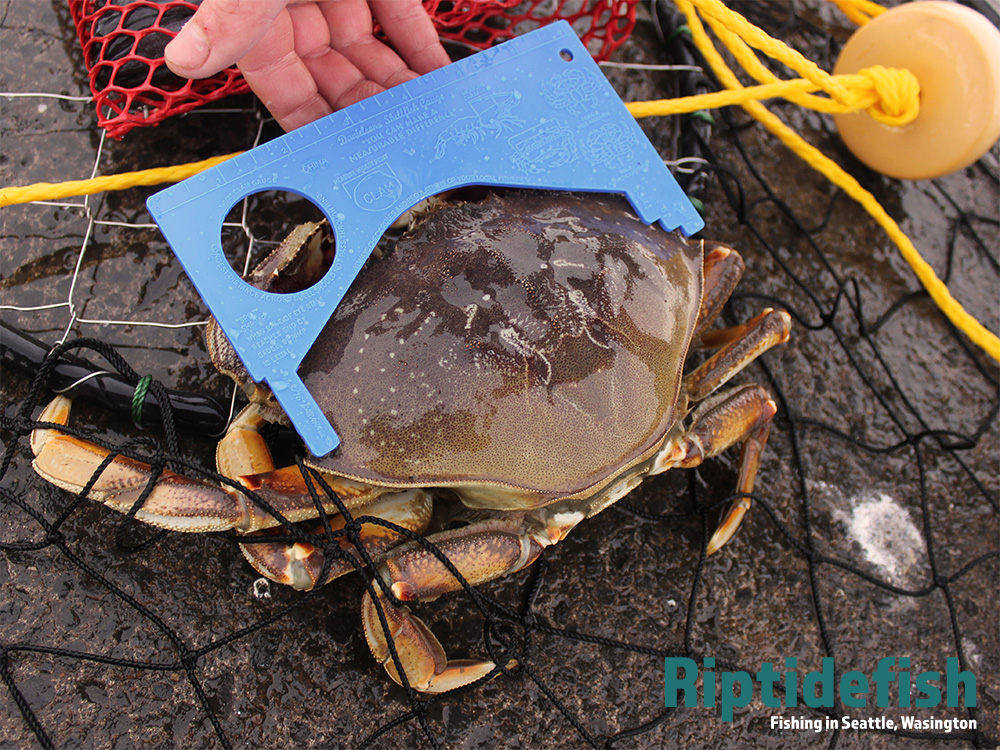
North Puget Sound Dungeness Crab Spots
North Puget Sound offers great crabbing in the shallow expanses of its largest estuaries. Padilla Bay, Skagit Bay and Birch Bay are great places to catch Dungeness Crab in less than 50 feet of water. The North Sound features large eelgrass beds which are the preferred habitat for Dungeness Crab. Puget Sound Dungeness Crab Season Click Here!
- Lummi Island
- Bellingham Bay
- Padilla Bay
- Guemes Island
- Skagit Bay
- Birch Bay
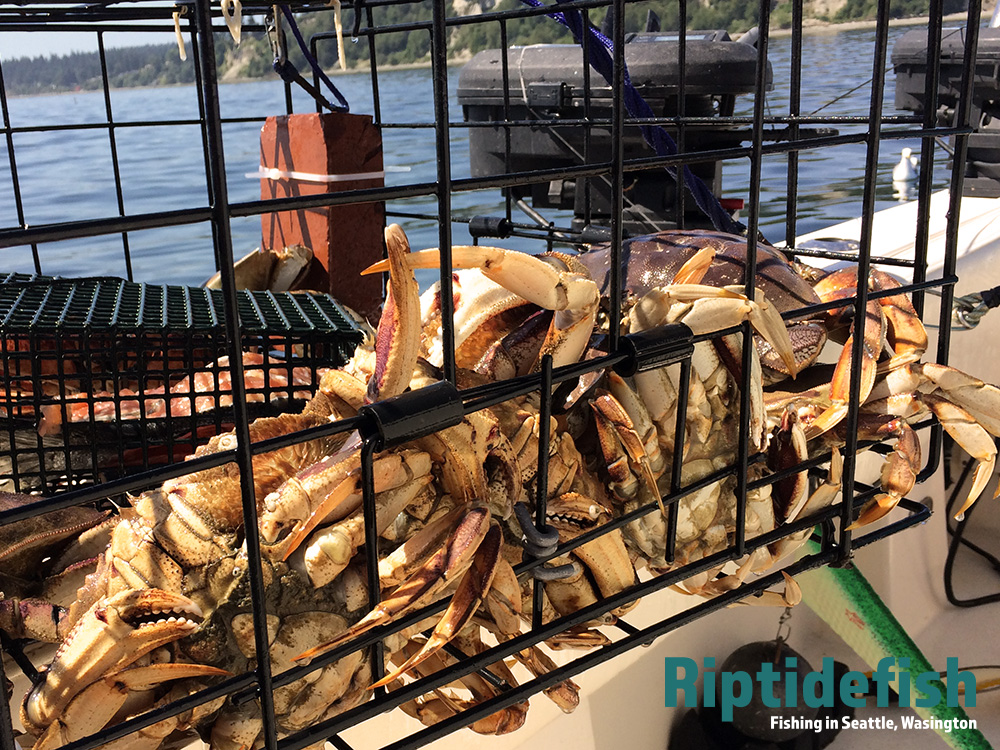
Catching Crab in Port Gardner, Port Susan and Saratoga Passage
Whidbey Island protects the waters to the east from major summer weather and everything to the east offers relaxing crabbing conditions on most summer days. This is considered Marine Area 8-1 and 8-2. Summer homes and cabins fill the shorelines of east Whidbey, Camano Island. Pugetropolis cities of Everett and Mukilteo fill up the mainland. Crabbing here is a popular summer pass time. Puget Sound Dungeness Crab Season Click Here!
- Utsalady Bay north of Camano Island
- Camano Island State Park
- Port Susan near Tulalip & Camano Island
- Skagit Bay
- Holmes Harbor near Coupville
Puget Sound Dungeness Crab Spots in Admiralty Inlet’s Marine Area 9
Crabbing can be good in Admiralty Inlet, which is the area between Port Townsend and Edmonds. There is a mix of steep drop offs and shallow flats in this area. I like finding a spot that offers protection from the strong currents. It can get pretty busy here. Even though there are a lot of people that enjoy crabbing boats, it can offer up limits of Dungeness Crab or at least a few nice crab that will make a meal for the evening. Puget Sound Dungeness Crab Season Click Here!
- Apple Cove Point near Kingston
- Possession Bar near Cultus Bay
- Browns Bay near Edmonds
- Port Ludlow Shoreline
- Useless Bay
- Oak Bay near Port Hadlock
- Port Townsend
Crabbing spots near Seattle in Marine Area 10
Believe it or not, there are good Dungeness Crab spots near Seattle. The waters near the Seattle neighborhoods of Ballard, Magnolia and West Seattle can yield a delicious Dungeness Crab meal during summer months. It is fairly common to see people in kayaks, small boats and even stand up paddle boards paddling out with a crab pot or two! Puget Sound Dungeness Crab Season Click Here!
- Four Mile Rock area near Seattle’s Magnolia neighborhood
- Alki near West Seattle
- Shilshole Bay near Ballard (Seattle)
- Blake Island near Bremerton
- Bainbridge Island
- Shoreline between Kingston and President’s Point
South Puget Sound Dungeness Crab Spots
South Puget Sound features an expansive shoreline with many islands, inlets and bays. This region is defined as Marine Area 11 which is the waters that surround Vashon Island south to the Tacoma Narrows Bridge and all the waters south of the bridge is considered Marine Area 13. Unfortunately Marine Areas 11 and 13 will not open for crabbing in 2018 due to low abundance. Puget Sound Dungeness Crab Season Click Here!
- Poverty Bay near Redondo
- In front of Gig Harbor
- Fox Island
- Anderson Island
- Nisqually Reach
- Case Inlet
- Carr Inlet
Hood Canal Dungeness Crab Spots
Hood Canal offers some of the most scenic Dungeness Crabbing in the greater Puget Sound region. Anywhere along the Canal shoreline in the 35 feet to 80 feet range can offer great crabbing. Puget Sound Dungeness Crab Season Click Here!
A few of my favorites are…
- Seabeck
- Dabob Bay
- Lilliwaup
- Potlatch State Park
- The Great Bend
- Twanoh State Park
Crabbing Rules for Puget Sound
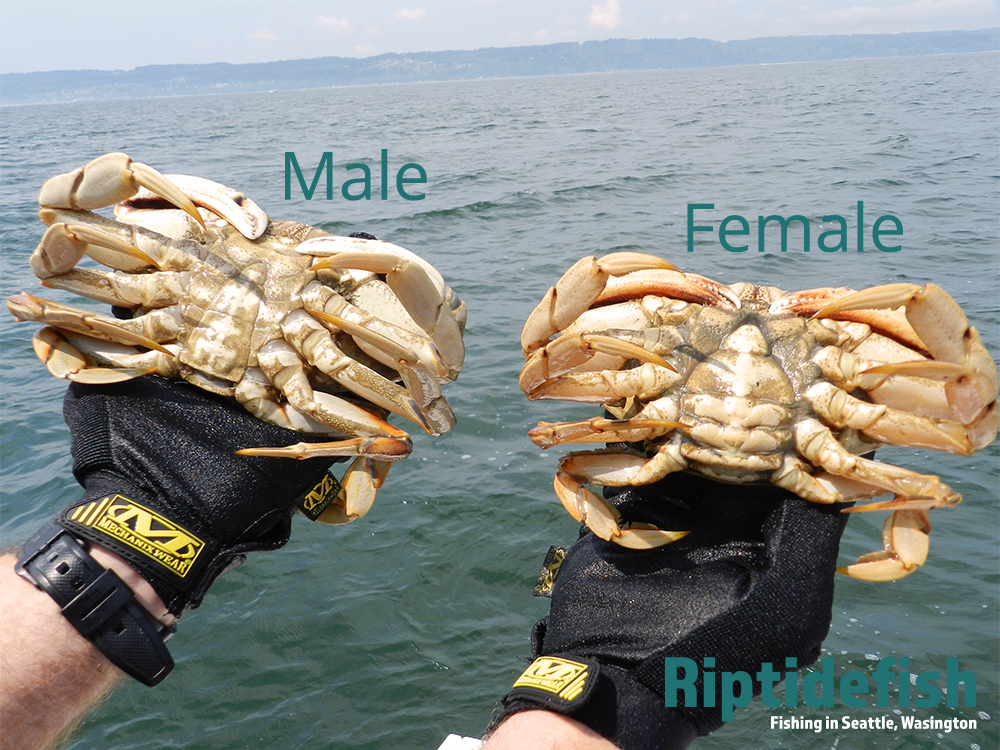
It is important to understand the fishing regulations for Puget Sound. Check out WDFW Frequently Asked Crabbing Questions. Currently, the daily limit is 5 Male Dungeness Crab per person with a minimum size limit of 6 ¼ inches. Always carry a crab measurement device and keep only Dungeness that are larger than the minimum. Dungeness Crab molt throughout the Spring & Summer, and any molting soft-shell Dungeness has to be released. To determine whether a Dungeness is hard-shell or soft-shell squeeze the back leg or the underside of the carapace, if it flexes with ease, throw it back. There are specific openings each week, and being aware what days are open and what hours are open is important. Soaking crab pots overnight can be very productive, but there might be rules as to when you can set and pull your pots. Puget Sound Dungeness Crab Season Click Here!
How to Cook Puget Sound Crab
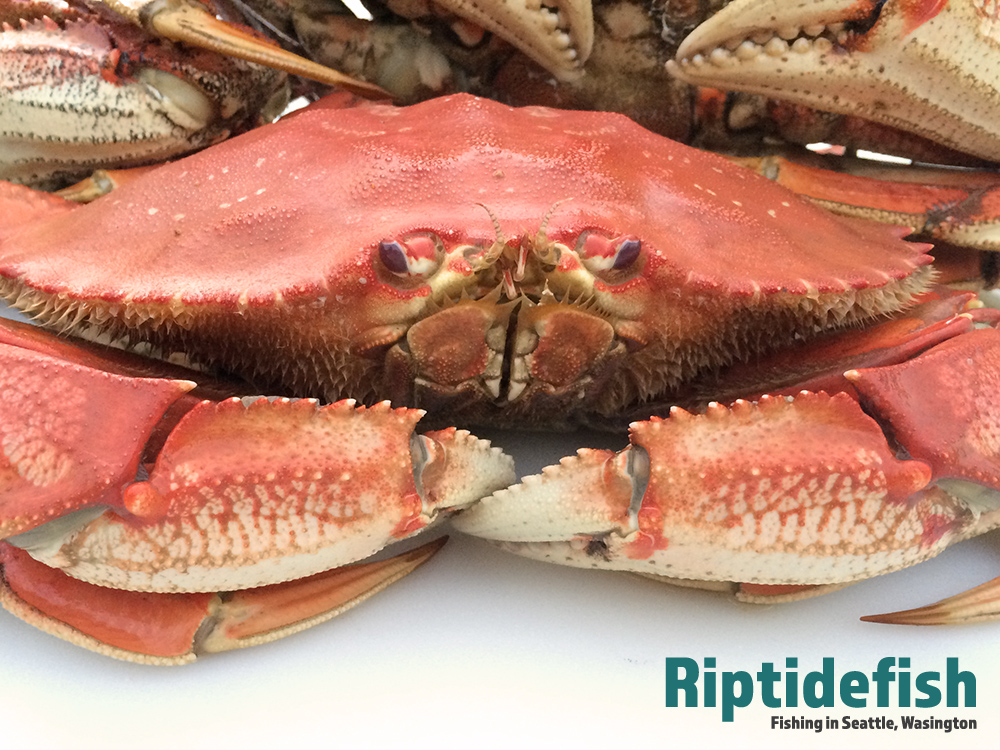
Dungeness Crab need to be cared for from the moment they are pulled from the water to the time they are cooked. Cooking Dungeness Crab in easy! The goal is to keep the crab alive until it is time to cook them. This is important. Placing the live crab you keep into a boat live well with recirculating sea water while you are out crabbing is the best. This keeps them alive in the cool sea water that they just were pulled out of. If you don’t have a live well, then a cooler with ice will be a great place for the crab. They will keep alive and go into a dormant state. Just be sure that the crab don’t drown in the meltwater! I always cook my Dungeness the day it is caught.


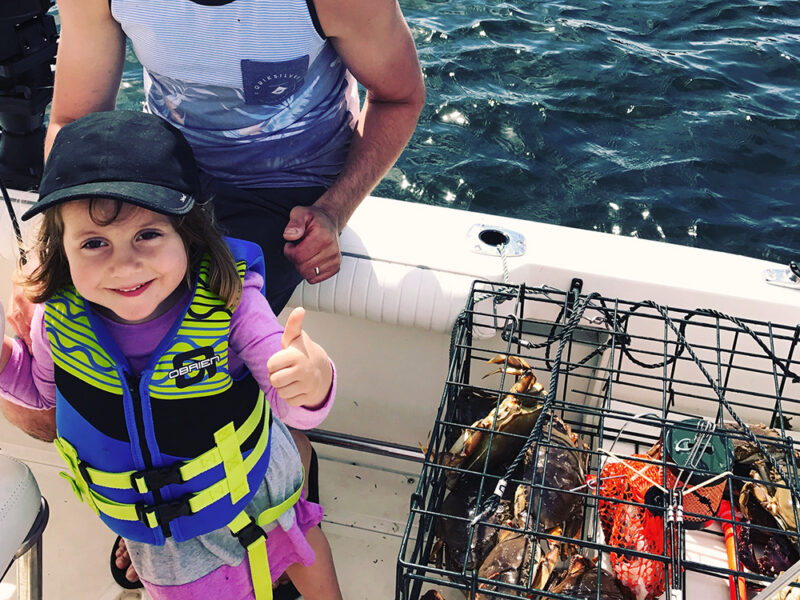







 How to Catch Summer Steelhead
How to Catch Summer Steelhead
